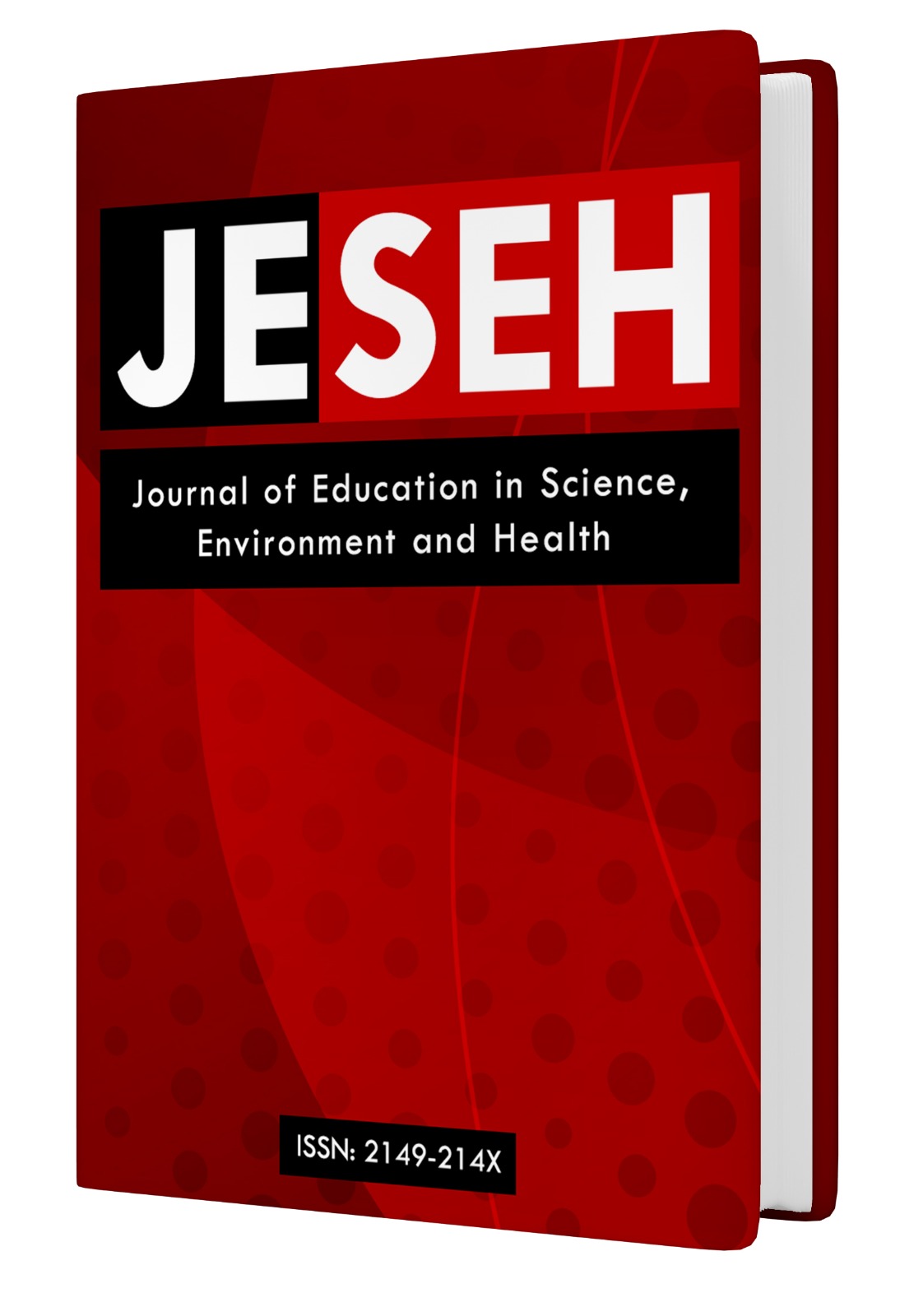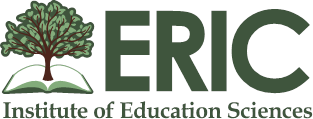Evaluation of Images Related to Climate Change with Deep Learning Models
DOI:
https://doi.org/10.55549/jeseh.825Keywords:
Climate change, Deep Learning, Formative assessment, Image ClassificationAbstract
This study is developing a Deep Learning model automating the coding of drawings students provide about climate change phenomena in our world, as a learning contribution through formative assessment. We started first with ResNet50 architecture, but ultimately, we settled on MobileNetV2 reduced architecture for the sake of being able to integrate with mobile- and web-based applications. The challenge is the model has very few examples in the training set to work with, so we decided augmenting the data (i.e., rotate, zoom, flip horizontally,) will help the model generalize more reliably. The model achieved training accuracy of 92% and validation accuracy of 90%. Moreover, we were able to reduce the model size about 85% through optimization. Our model outputs not a simple classification, it also produces explanatory feedback for each class, and we have made possible for the feedback to be read by the student about their idea. Our findings are indicating, it is possible to use AI-based systems to teach how to investigate integrated fields like environmental education. Future studies will include multi-label classification, explainable AI (XAI) methodologies and dataset sizes will also increase.
References
Kocak, O. & Idil, S. (2025). Evaluation of images related to climate change with deep learning models. Journal of Education in Science, Environment and Health (JESEH), 11(3), 170-178. https://doi.org/ 10.55549/jeseh.825
Downloads
Published
Issue
Section
License
Copyright (c) 2025 Journal of Education in Science, Environment and Health

This work is licensed under a Creative Commons Attribution 4.0 International License.
The articles may be used for research, teaching, and private study purposes. Any substantial or systematic reproduction, redistribution, reselling, loan, sub-licensing, systematic supply, or distribution in any form to anyone is expressly forbidden. Authors alone are responsible for the contents of their articles. The journal owns the copyright of the articles. The publisher shall not be liable for any loss, actions, claims, proceedings, demand, or costs or damages whatsoever or howsoever caused arising directly or indirectly in connection with or arising out of the use of the research material. All authors are requested to disclose any actual or potential conflict of interest including any financial, personal or other relationships with other people or organizations regarding the submitted work.






